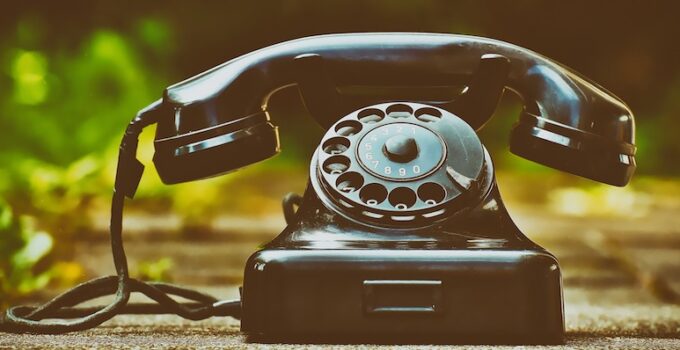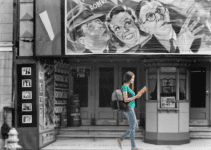This article was originally featured in Lit Hub’s Craft of Writing newsletter. As a writer, I find that dialogue is a powerful tool that allows me to engage in conversation, react, retort, and counter. It helps me feel like I’m in a dialogue even when I’m on stage speaking to an audience.
In my writing, dialogue often drives the narrative. The characters have their own motivations that shape the plot, and I let them lead the way. I start with fragments of dialogue and let the characters reveal the story through their conversations.
For example, in my work « Rosenfeld, » I let the dialogue guide the story. Through a conversation between characters Noa and Teddy, the truth is slowly uncovered. The details emerge as they talk, and I let the characters drive the story forward.
Characters can be unpredictable and undisciplined. In one scene, Teddy and Noa engage in a conversation where she tries to convince him to continue their relationship. Despite her efforts, Teddy remains unconvinced until Noa delivers a powerful monologue that ultimately persuades him.
Dialogue is a powerful tool in storytelling, allowing characters to drive the narrative and reveal their true motivations. It can be the key to unlocking the emotions and drives of characters, leading to impactful and engaging storytelling. Et maintenant, je réalise que tout cet essai ressemble étrangement à se tenir sur scène, n’entendant que ma propre voix, donc je vais conclure : « Imaginez simplement que je remets mes vêtements ! Bonne nuit. Il n’y aura pas de rappel. »



